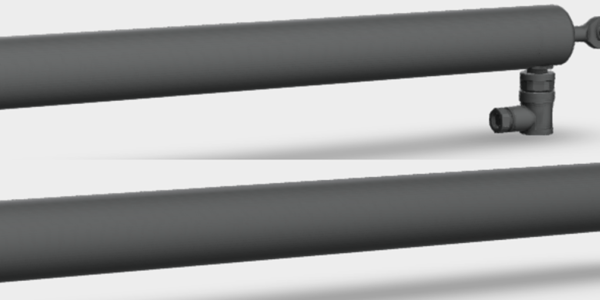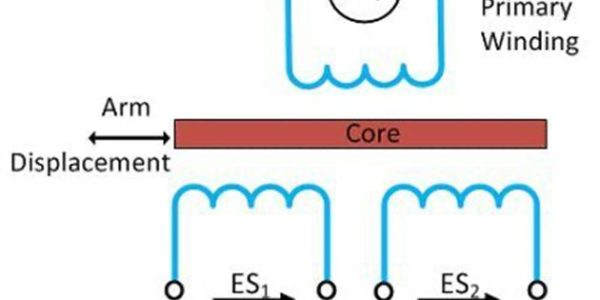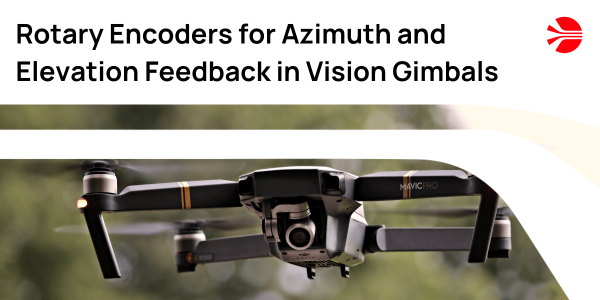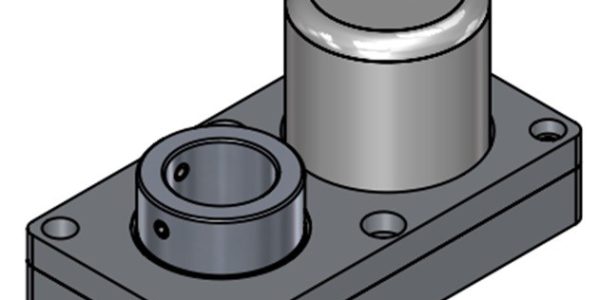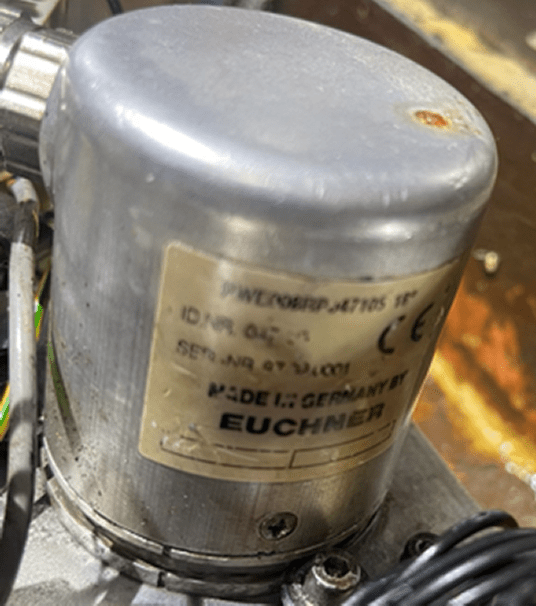
Integrating a Modern Solution with POSITAL Encoders
Introduction
Maintaining the functionality of legacy equipment is often a challenge, especially when critical components become obsolete. The inability to replace a $300 component can make a $30,000 machine inoperable. This application note describes a successful collaboration where an integrator needed to replace an outdated Euchner rotary encoder and Everight and POSITAL worked together to find a solution in two days.
The Challenge
The integrator in this example specializes in refurbishing CNC, lathe and other machining equipment. Depending on the specific piece of machinery a refurbishment can easily be a 5 digit cost and as a result it isn’t simply enough to ‘fix’ whatever is broken, but rather is an opportunity for preventive maintenance. “I can’t charge a customer to refurbish their machine, have an obsolete part break in a month and then be unable to repair it” the customer explained to Everight.
In this specific build an Euchner PWE rotary encoder that was likely 30+ years old with an outdated interface (gray excess) was being used in a tool changer. As the integrator was also upgrading the control system, they were open to the idea of using a different interface, but since no mechanical changes were planned, an encoder that had the same mounting was necessary. This had to all be done in the time planned for the rebuild (~ 6 weeks) and at a reasonable cost, as NRE was not an option for only a single unit.
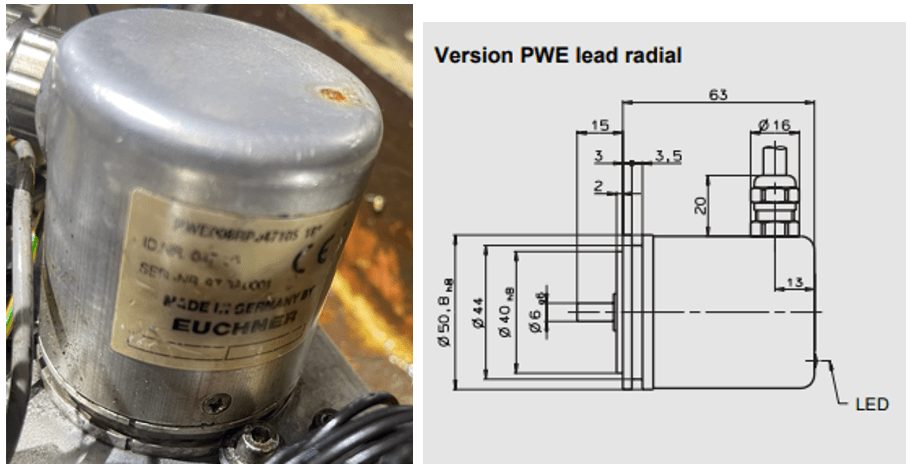
The Solution
Everight, in partnership with POSITAL, provided a timely and efficient solution. Having already developed alternatives for Euchner encoders with a larger 67mm flange, POSITAL was able to quickly modify the flange adapter to meet the customers 50mm flange requirement. The following business day, they were able to offer a custom proposal that met the customer’s needs including overall length, diameter and cable exit. This rapid response was made possible by leveraging POSITAL’s practical experience and their ability to leverage existing standard encoders as a base to build upon.
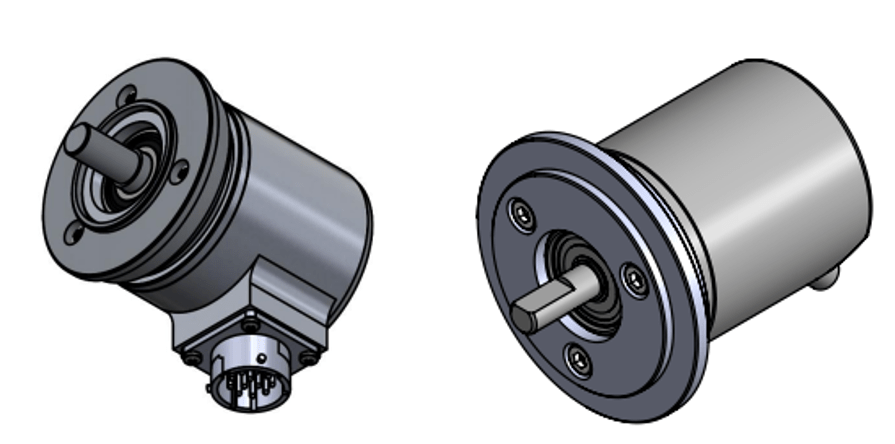
Code Compatibility
The original Euchner encoder utilized ‘gray excess’ code, a format not widely supported by many modern manufacturers. POSITAL, however, has the capability to accommodate this coding scheme. Despite this, the customer ultimately decided to adopt a simple proportional voltage output for the new encoder, which also made adapting to the 50mm flange easier.
POSITAL can offer alternatives for the following Euchner rotary encoder series:
- PWE
- PWG
- PWF-E1
- PWF-E2
- PWF-E11
- PWF-E12
- Others upon request
Conclusion
The collaboration between Everight and POSITAL exemplifies how modern engineering solutions can extend the life of legacy equipment. By providing a drop-in replacement with a custom mechanical adapter and versatile output options, the integrator was able to successfully update the machine while maintaining both their timeline and budget.
